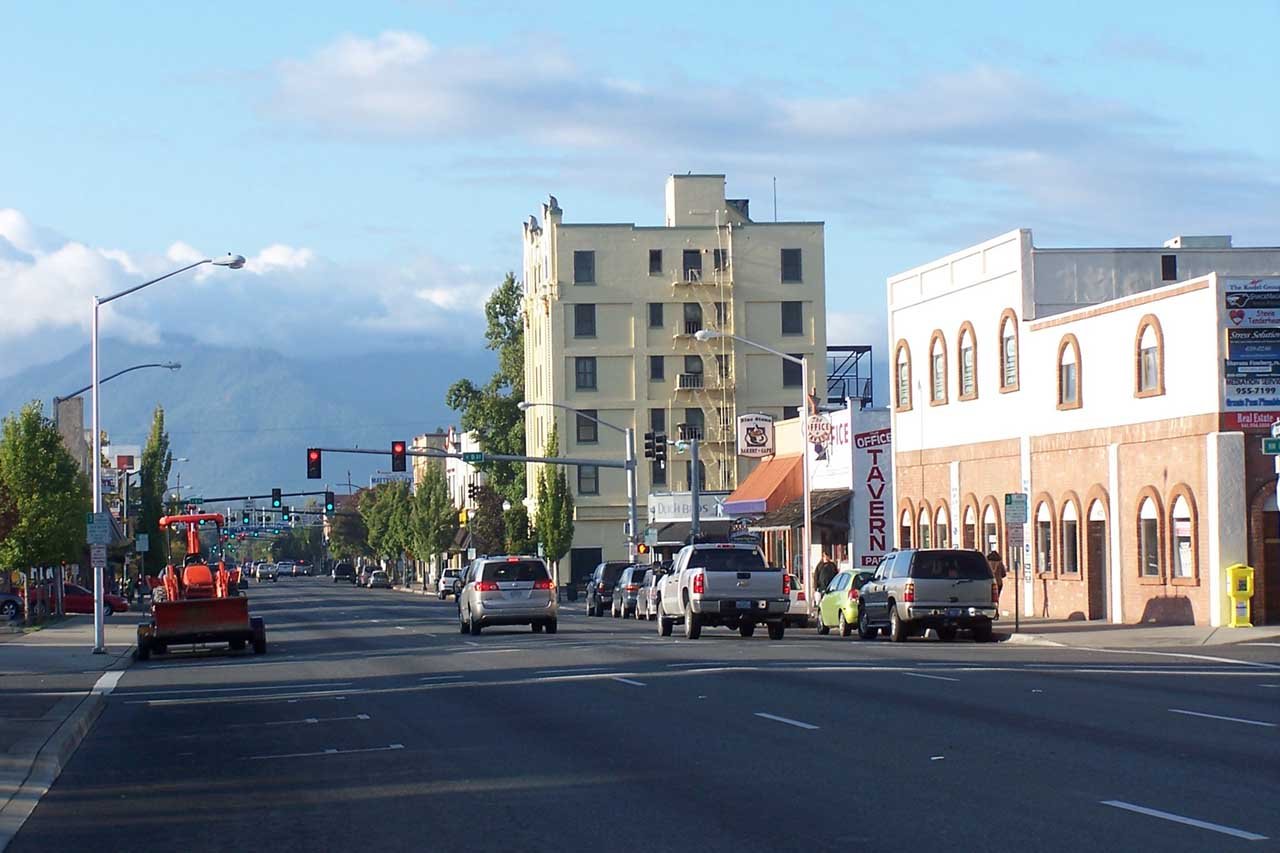These Oregon Small Towns Are the First to Reveal Financial Strain Before the State’s Economy Shifts

While Wall Street watches global markets as an indicator of economic stress, businesses on the main streets of small, local communities watch grocery bills and gas pump prices. They are the precursors of financial change.
To uncover the towns that hold this predictive power, MarketBeat, a financial media company, surveyed 3,021 business leaders on which Oregon cities they believe will experience an economic shift first.
And the results were conclusive – it is the small towns where change reveals itself quietly, in shuttered shopfronts and stalled housing projects.
The Oregon ‘Signal’ Cities are Albany, Grants Pass, and Hermiston
The Oregon ‘signal’ cities that are finely tuned into local shifts in consumer behavior, job vacancies, and supply chains are Albany, Grants Pass, and Hermiston.
“These cities are so attuned to shifts that their tremors often ripple across the entire state,” says MarketBeat.
This is what Oregon business leaders have to say about the three cities.
Nestled in the Willamette Valley, Albany ties together aluminum, food processing, and regional healthcare.
When hospital staffing lags or local manufacturers pause hiring, it tends to forecast broader slowdowns in Oregon’s mid-sized towns.
Albany’s mix of blue-collar workers and growing commuter suburbs makes it a useful read on housing affordability, energy prices, and local resilience outside the Portland metro.
Grants Pass
Grants Pass blends timber history with a growing housing market and service economy. When home sales slow or main street businesses report softening revenue, it often signals economic stress across Southern Oregon’s smaller cities.
The town reflects how rural residents cope with inflation and fuel costs, especially in areas with limited industry diversification. It also gives early clues about how climate and fire-related concerns may affect long-term population shifts.
Hermiston
Hermiston is a major hub for food processing and trucking, with strong ties to both farming and interstate freight.
Hermiston also mirrors how agricultural workers and small-business owners are managing inflation, offering a preview of economic conditions across eastern Oregon’s dispersed, service-light communities.
When irrigation costs spike or warehouse demand dips, the town often shows signs of slowdown ahead of other rural areas.
What Oregonians Cut First When Money Is Tight
This is how Oregon respondents reacted when asked what they would cut first if money is tight – 40% said they would reduce spending on eating out and entertainment, 27% would hold off on major purchases like a car or new appliances, 22% would put off travel or vacation plans, and 12% would pull back on donations or memberships.
Takeaway
What the MarketBeat survey reveals is that, unlike economists and analysts who study charts, Oregonians rely on gut instinct and visible shifts in their communities as a warning signal of change.
The survey revealed that 61% of respondents trusted their local leaders or business owners to recognize the early warning signs of a downturn.
This is the link to the signal cities that can be viewed on the Interactive map.
